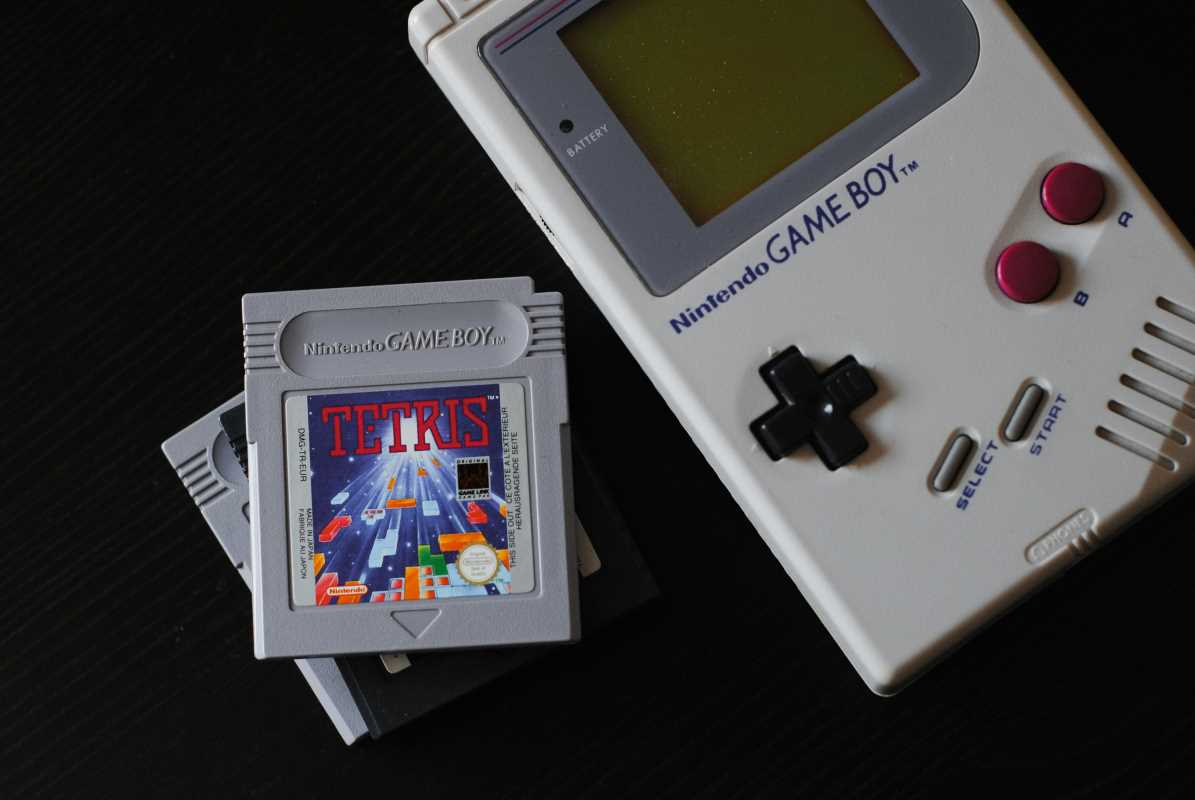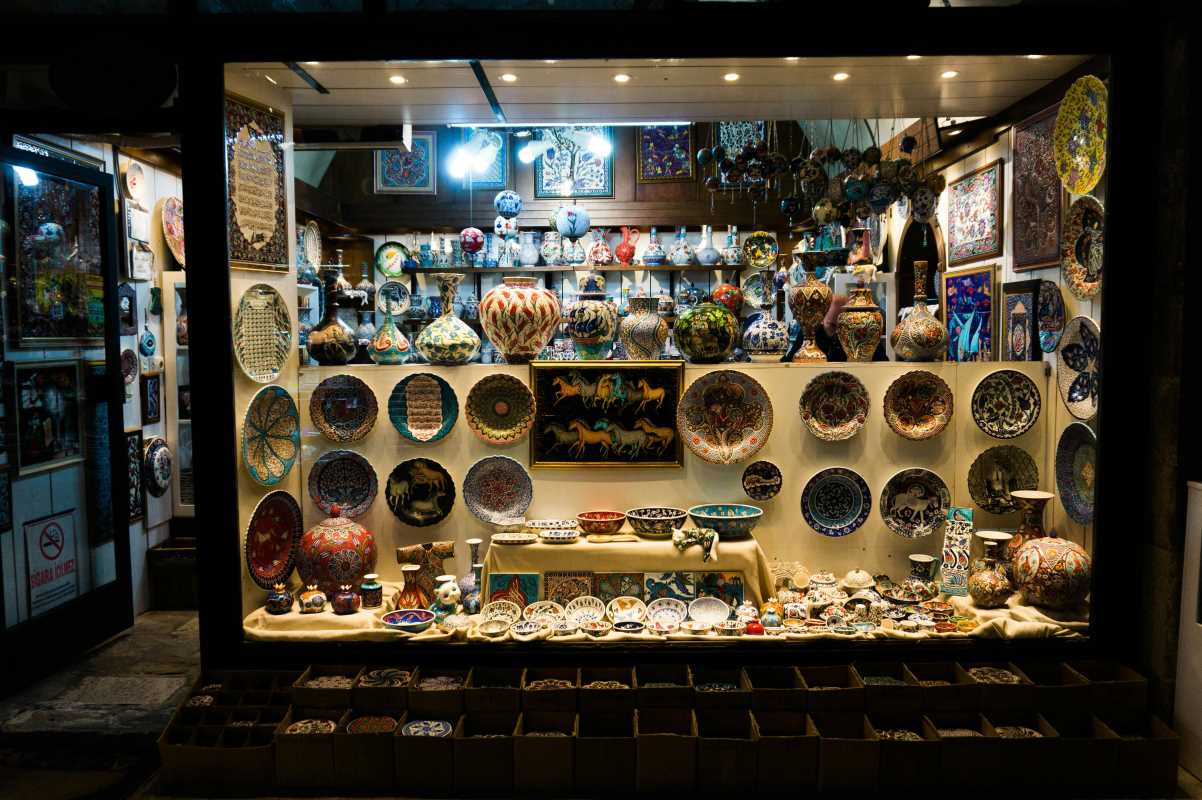We live in a fast-paced world dominated by planned obsolescence, where gadgets are discarded as soon as a newer model hits the market. While this trend may fuel innovation, it also leads to significant environmental waste and a loss of appreciation for the craftsmanship of older technology. Enter repair culture—a movement that values restoring, repairing, and reusing what’s already in our hands. Vintage tech items, in particular, have become the perfect canvas for this ethos, offering both functionality and nostalgia.
From vinyl record players to typewriters and early gaming consoles, these relics of the past hold a special charm. Repair culture not only breathes life back into these devices but also fosters sustainability and creativity, connecting individuals with a community that cherishes the art of making things work once more. Let's explore how you can extend the life of vintage tech while being part of this meaningful movement.
Why Repair Culture Matters
The benefits of repair culture go beyond fixing physical objects. It's a mindset—a deliberate shift away from the disposable economy that fuels waste. Repairing vintage tech benefits us and the planet in a number of ways:
Sustainability: Repairing reduces electronic waste (e-waste) that harms the environment. Computers, circuit boards, and other tech often end up in landfills, where they leak toxins into the soil and water. By extending the life of these items, we lessen this burden.
Preserving History: Vintage tech reflects the ingenuity of past eras. Restoring items like typewriters or early gaming systems allows us to preserve a tangible piece of technology’s evolution, reminding us of how far we've come.
Skill Development: Repairing teaches patience, problem-solving, and often hands-on technical skills. Whether you’re soldering a circuit board or sourcing unique parts, you’re flexing creative and analytical muscles.
Fostering Community: Repair culture connects people through shared knowledge and goals. Repair cafes and online forums prove that working together to restore items can be empowering and enriching.
Vintage Items to Repair and Maintain
Some vintage tech pieces are particularly popular within repair culture because of their durability, emotional attachment, and timeless functionality. These items are worth saving, and repairing them can be both a challenge and a delight. Here's a closer look at a few:
1. Vinyl Record Players
Vinyl has made a significant comeback in recent years. Restoring a record player can help you access a rich, warm sound that digital files simply don’t replicate.
Repair Tips
- Clean and Adjust: Dust and debris can affect proper playback. Begin by cleaning the stylus, tonearm, and other moving parts with specialized cleaning kits or a soft cloth.
- Replace the Stylus: An old or damaged stylus can harm both records and playback quality. Research the exact stylus model for your turntable and replace it when needed.
- Balance the Tonearm: Many vintage players have adjustable tonearms. Balancing it correctly ensures smooth tracking and prevents unnecessary wear and tear on your records.
Sourcing Parts
- Turn to specialty stores, online marketplaces, or even social media groups dedicated to vintage audio equipment. Sometimes, compatible parts from another brand or model can serve as substitutes.
2. Typewriters
There’s something magical about the tactile feedback of a typewriter, making refurbished models highly sought-after by writers and collectors alike.
Repair Tips
- Clean the Mechanism: Dust and grime can gum up the inner workings. Use compressed air and isopropyl alcohol to clean keys and gears.
- Replace the Ribbon: Vintage ribbons can dry and fade. Fortunately, new ribbons are easy to find and replace, often fitting multiple models.
- Fix Sticky Keys: If a key sticks, remove it carefully and check for bent mechanisms. Gentle adjustments or lubrication with typewriter oil can often solve the problem.
Sourcing Parts
- Check thrift stores, flea markets, or online sites like eBay. Typewriter enthusiast forums are also great places for advice and locating rare parts.
3. Early Gaming Consoles
From the Atari 2600 to the NES and beyond, retro gaming systems are prized for their nostalgia and simplicity. Restoring these can become a gateway to endless hours of fun.
Repair Tips
- Clean Cartridge Slots: Game consoles often fail to read cartridges due to dust buildup. Use isopropyl alcohol and a small brush or Q-tip for cleaning.
- Replace Capacitors: Over time, capacitors on circuit boards can degrade and fail. If you have soldering skills or are willing to learn, replacing these parts can breathe new life into a console.
- Tackle Overheating: Dust can clog cooling vents. Open the console and clean these with compressed air to improve airflow.
Sourcing Parts
- Retro gaming shops, online repair communities, and forums such as r/consolemod on Reddit are invaluable for finding components and technical schematics.
Other Vintage Items
Radios, rotary phones, film cameras, and early computers also make fantastic repair projects. Each item has unique challenges but offers the satisfaction of turning a "lost cause" into a usable, treasured piece.
Where Community Meets Repair
One of the hallmarks of repair culture is its strong community aspect. You're not alone on your repair adventure—far from it. Both online and offline spaces cater to repair enthusiasts of all skill levels.
Online Forums and Tutorials:
Platforms like iFixit, Reddit, and specialized fan forums abound with how-to guides, videos, and community-drafted manuals. A quick search for your specific model can yield detailed advice from others who’ve faced and solved similar problems.
Repair Cafes:
Local repair cafes are fantastic venues for hands-on support and collaboration. These nonprofit spaces often host experts in different areas, from electronics to mechanics. Whether you’re getting help or offering it, the exchange of knowledge is rewarding.
Workshops and Meetups:
Makerspaces and repair workshops often teach foundational skills like soldering, circuit testing, and part fabrication. Keep an eye on announcements from local community centers or libraries.
The Satisfaction of Repairing
There’s no denying the thrill of resurrecting a beloved piece of vintage tech. Repairing is more than just a mechanical act—it’s an emotional one. Think about it:
- You’re taking an object that might’ve been tossed in the trash and giving it purpose again.
- You’re connecting with history, appreciating the craftsmanship of an era where devices were built to last.
- You’re reducing waste and making a tangible, positive impact on the environment.
Each successful repair increases your confidence, leaving you ready to tackle the next project. And as your skills grow, so too does your ability to mentor and contribute to the repair community.
Repair culture is an antidote to the throwaway mentality that dominates modern consumerism. It teaches us patience, resourcefulness, and respect for the things we own. Vintage tech, with its blend of nostalgia and functionality, offers the perfect starting point for anyone curious about repair culture. Whether you’re balancing the tonearm of a record player, cleaning the keys of a typewriter, or swapping out capacitors on an old gaming console, you’re participating in a movement that values preservation over waste.
So grab your tools, connect with a community of like-minded tinkerers, and start breathing new life into vintage tech. Not only will you have functional pieces that hold stories from another time, but you’ll also walk away with a sense of accomplishment that no off-the-shelf gadget could offer. Repair culture isn’t just an act—it’s a mindset, a lifestyle, and most importantly, a way forward.
 (Image via
(Image via





